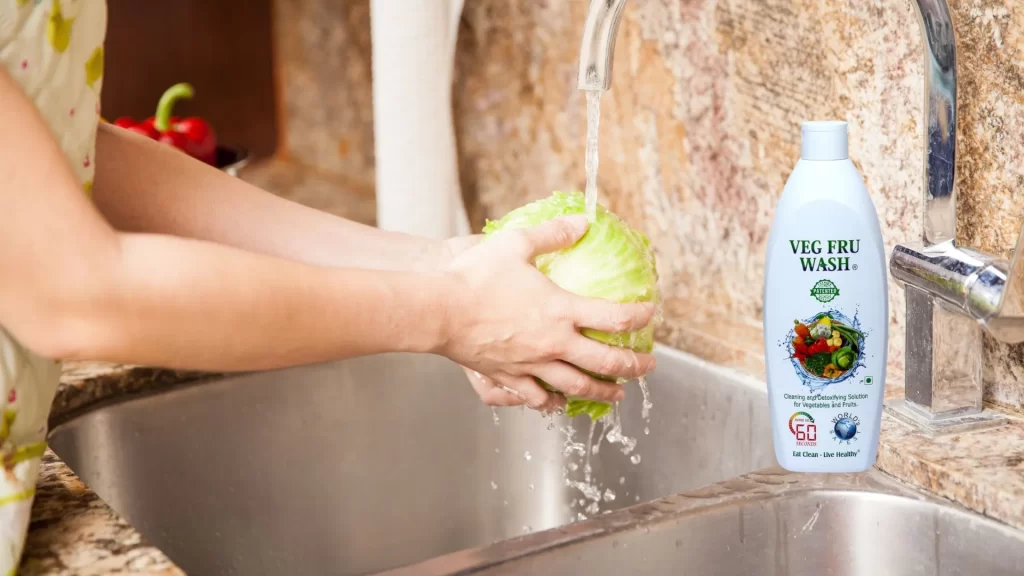
Introduction
In recent years, there has been a growing awareness about the potential health risks associated with conventional cleaning products, which often contain harsh chemicals. This has led to an increased interest in natural, food-grade alternatives for cleaning. Food-grade ingredients are safe for consumption and can be used effectively to maintain cleanliness and hygiene in various settings, including homes, restaurants, and food processing facilities. In this blog, we will explore the benefits, common ingredients, and practical tips for cleaning with food-grade ingredients.
Why Choose Food-Grade Ingredients for Cleaning?
- Safety: Food-grade ingredients are non-toxic and safe for use around food, children, and pets. They pose no health risks when used as directed.
- Environmental Impact: These ingredients are often biodegradable and environmentally friendly, reducing the ecological footprint compared to conventional cleaning products.
- Cost-Effective: Many food-grade cleaning ingredients are common household items, making them an economical choice for maintaining cleanliness.
- Effectiveness: Despite being natural, food-grade ingredients can be highly effective in cleaning and sanitizing various surfaces, cutting through grease, and eliminating odors.
Common Food-Grade Cleaning Ingredients
- White Vinegar: Known for its acidity, white vinegar is a powerful cleaner that can disinfect, deodorize, and cut through grease. It is particularly effective on glass, countertops, and stainless steel.
- Baking Soda: This versatile ingredient acts as a mild abrasive, deodorizer, and stain remover. It is excellent for scrubbing surfaces, cleaning ovens, and freshening up carpets.
- Lemon Juice: The natural acidity of lemon juice makes it a great disinfectant and stain remover. It also leaves a pleasant, fresh scent.
- Hydrogen Peroxide: A natural bleaching agent, hydrogen peroxide is effective for disinfecting surfaces, whitening fabrics, and removing mold and mildew.
- Salt: Common table salt can act as a gentle abrasive for scrubbing pots, pans, and other surfaces. It is also effective in combination with other ingredients like lemon juice for enhanced cleaning power.
- Essential Oils: Oils such as tea tree, lavender, and eucalyptus have antimicrobial properties and can add a pleasant scent to your cleaning solutions. They can be used in small amounts to boost the cleaning power of other ingredients.
Benefits of Cleaning with Food-Grade Ingredients
- Non-Toxic and Safe: Using food-grade ingredients eliminates the risk of exposure to harmful chemicals, making it safer for humans and pets.
- Eco-Friendly: These ingredients are typically biodegradable and do not contribute to environmental pollution, making them a sustainable choice.
- Cost Savings: Many food-grade cleaning ingredients are inexpensive and readily available, reducing the need for costly commercial cleaning products.
- Versatility: Food-grade ingredients can be used in a variety of cleaning applications, from kitchen surfaces to laundry and personal care.
Practical Tips for Cleaning with Food-Grade Ingredients
- All-Purpose Cleaner: Mix equal parts white vinegar and water in a spray bottle. Add a few drops of essential oil for fragrance. Use this solution to clean countertops, glass, and other hard surfaces.
- Scrubbing Paste: Combine baking soda with a small amount of water to form a paste. Use it to scrub sinks, bathtubs, and other surfaces. For added cleaning power, add a few drops of lemon juice.
- Disinfecting Spray: Mix 3% hydrogen peroxide with water in a spray bottle. Use this solution to disinfect kitchen surfaces, cutting boards, and bathroom fixtures.
- Deodorizing Carpets: Sprinkle baking soda liberally over carpets and let it sit for at least 15 minutes before vacuuming. This helps absorb odors and freshen up the carpets.
- Grease Cutter: Use lemon juice to cut through grease on stovetops and ovens. Simply apply the juice directly to the greasy area, let it sit for a few minutes, and wipe clean.
- Mold and Mildew Remover: Combine equal parts hydrogen peroxide and water in a spray bottle. Spray the affected area and let it sit for 10 minutes before scrubbing and rinsing.
- Polishing Stainless Steel: Apply a small amount of olive oil to a soft cloth and use it to polish stainless steel appliances and fixtures, leaving them shiny and streak-free.
Challenges and Considerations
- Surface Compatibility: While food-grade ingredients are generally safe, it is important to test them on a small, inconspicuous area first to ensure they do not damage or discolor surfaces.
- Storage and Shelf Life: Some homemade cleaning solutions may have a limited shelf life. It is advisable to prepare small batches as needed and store them properly.
- Effectiveness on Tough Stains: While food-grade ingredients are effective for many cleaning tasks, they may not be as powerful as commercial products on tough stains and heavy grease buildup.
Conclusion
Cleaning with food-grade ingredients is a safe, eco-friendly, and cost-effective way to maintain hygiene in various settings. These natural ingredients offer a versatile and effective alternative to conventional cleaning products, reducing the risk of exposure to harmful chemicals and minimizing environmental impact. By incorporating food-grade ingredients into your cleaning routine, you can achieve a clean and healthy environment for you and your loved ones.
Call to Action
Make the switch to food-grade cleaning ingredients today and experience the benefits of a safer, more sustainable approach to hygiene. Experiment with different combinations and recipes to find what works best for your needs, and enjoy the peace of mind that comes with using natural, non-toxic cleaning solutions.
